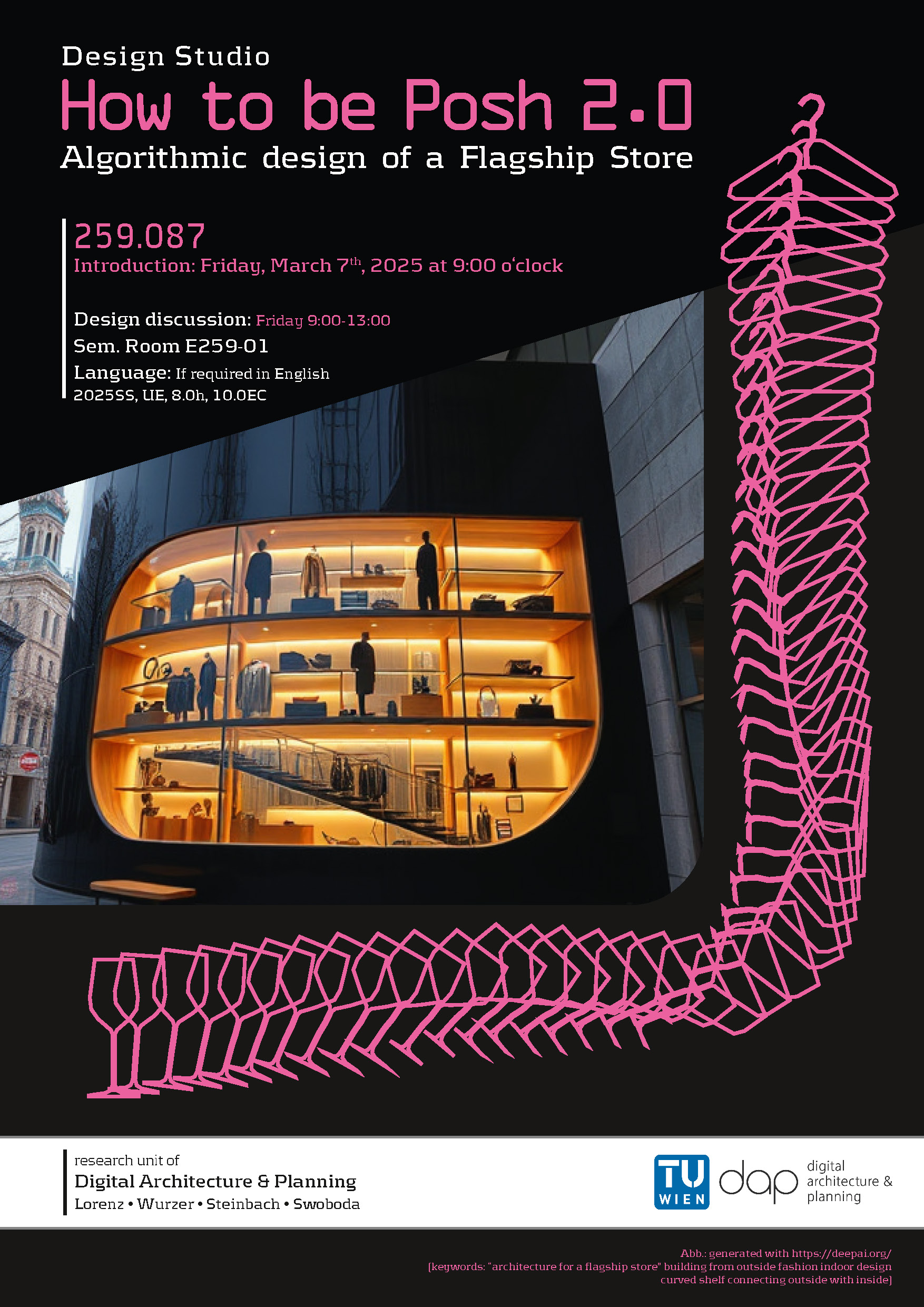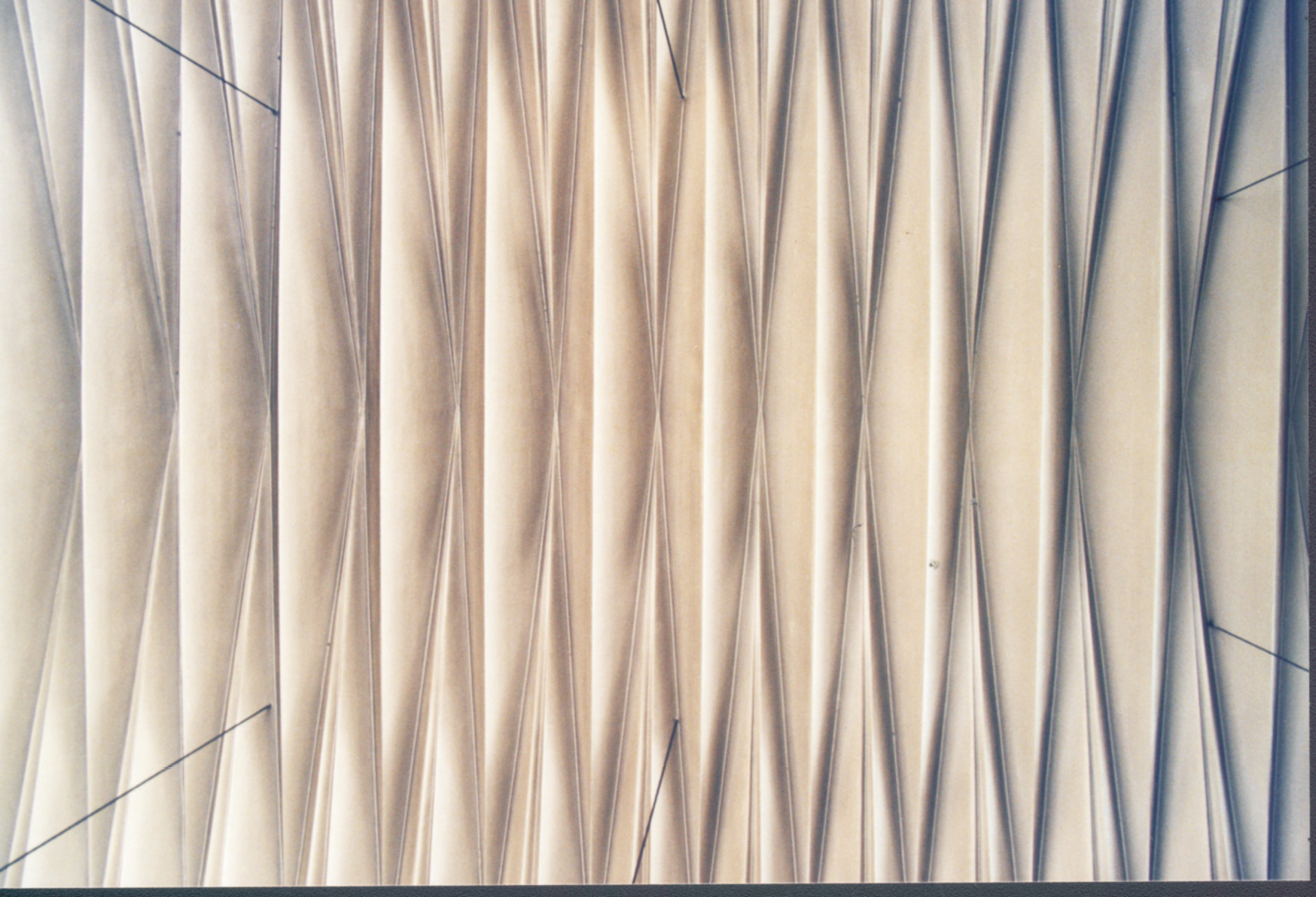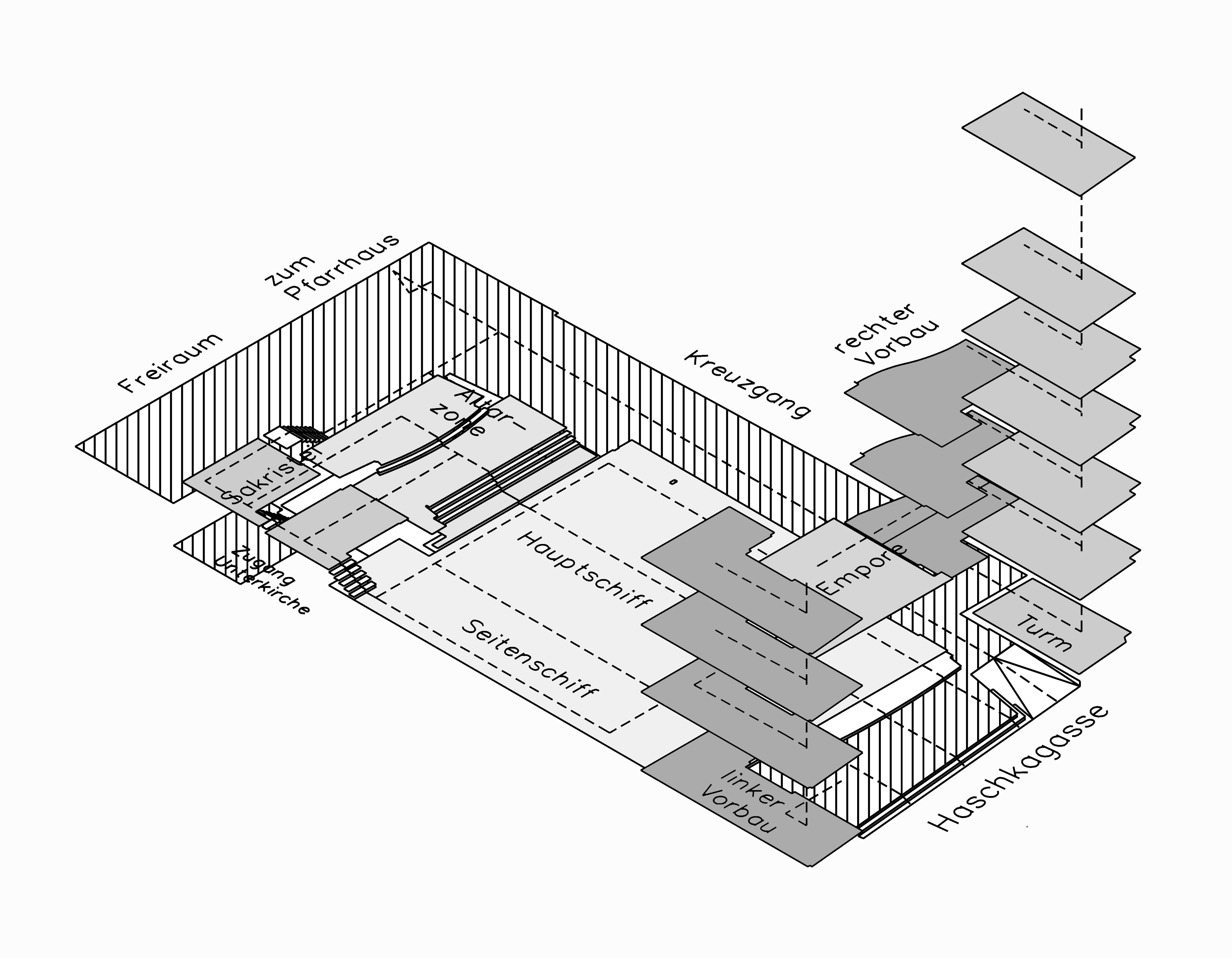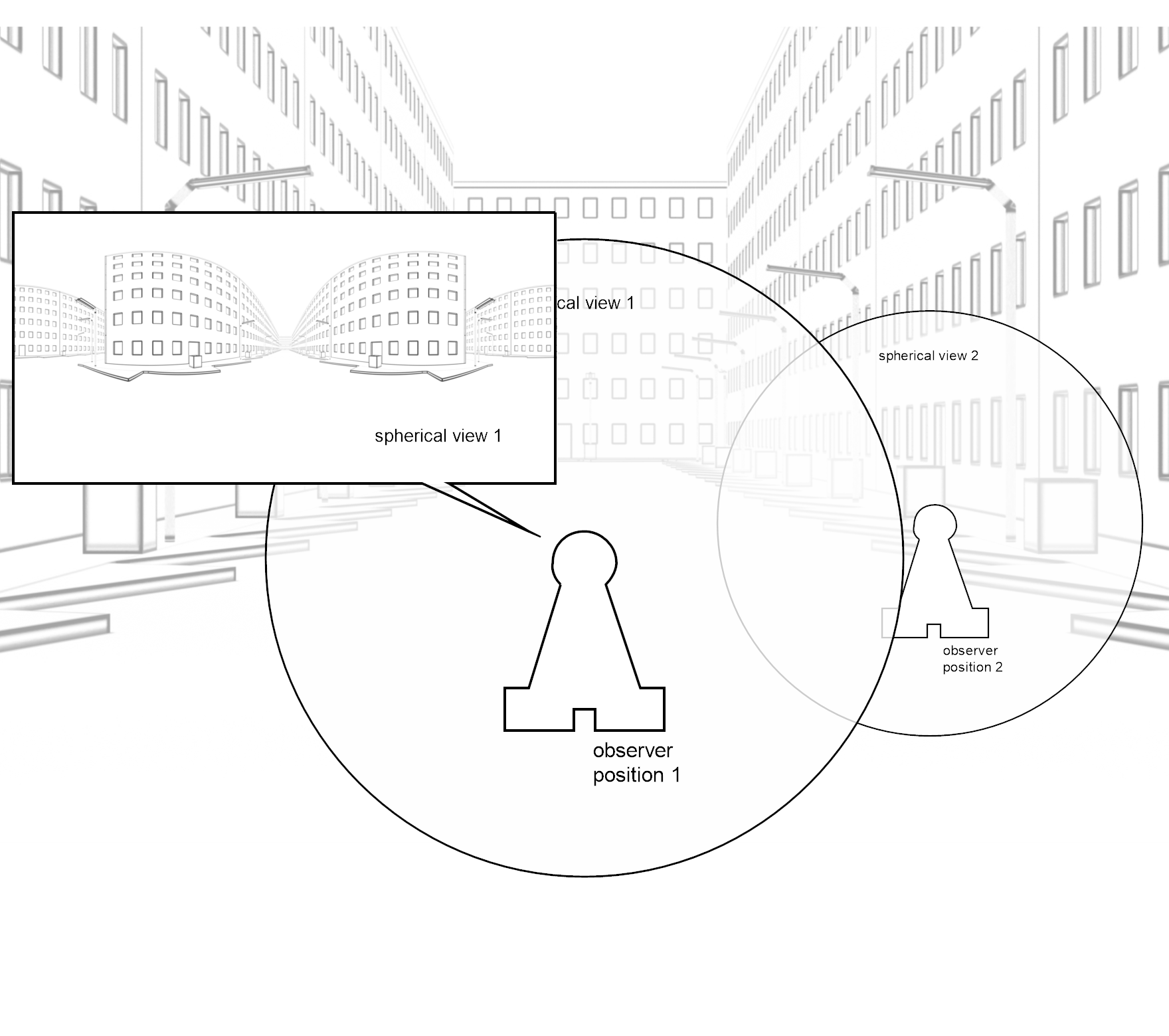The painting is located in the development of the style and message of Piet Mondrian. Out of the organizing principle of the synthetic cubism he developed the arrangement of areas with certain colors, at which first the motive of the tree turned into an abstract set of lines. Later on, his paintings lost any reference to real objects.
Nevertheless the process of painting is not accompanied by a straight mathematical scheme, but instead of that Mondrian worked intuitively in front of the canvas. The aim was to show pure reality through pure arrangement. There should not be any influence of subjective feelings and ideas. Mondrian tried to achieve universal harmony and surmounting of individualism, which meant excluding sensuous perception and visible reality by a reduction to straight lines, rectangles and a few colors[01].
Later on Piet Mondrian wanted to express through his paintings the complex metaphor for the encounters, the misadventures and the mutual accomplishments of which life is made up[02]. By that he turned away from the abstract Euclidean geometry to an abstract "Fractal Rhythm", which displays the cascade of interest that can be also found in nature. An example for this rhythm is offered by the painting "Victory Boogie Woogie" from 1944. For describing the series of colors of one strip of the painting - and by that the Fractal Rhythm -, Carl Bovill simplified the color use to red, blue, yellow, black and , which lead to the following sequence of colors for this certain strip:
1, 5, 1, 3, 5, 3, 4, 2, 3, 3, 4, 2, 3, 4, 3, 1, 3, 4, 3, 4 (with 1=red, 2=blue, 3=yellow, 4=black, 5=grey).
The sequence can then be translated into a graph, in which the resulting plot is similar to noise and offers a mixture of order and surprise which can finally be measured and expressed through the fractal dimension, see picture 63[03].











